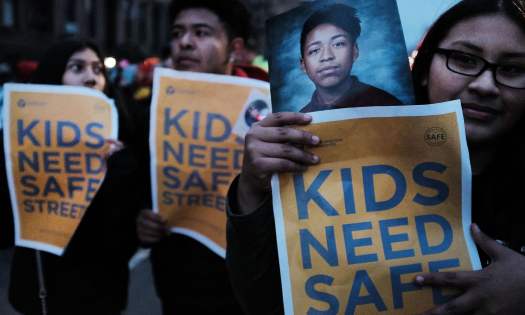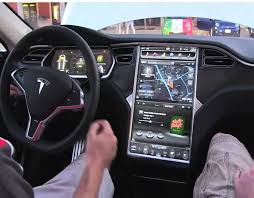The term Vision Zero has become a cliche. As long as streets are designed to expedite the movement of cars it’s doomed to fail. Can we change it? We need to be engineering streets and roads to move as many people as possible, not as many cars as possible.
Vision Zero: has the drive to eliminate road deaths lost its way?
“As Kate Fillin-Yeh, strategy director at the National Association of City Transportation Officials, puts it: “Designing 60mph streets didn’t work in a city context, but people didn’t know what better was. The thing we should be thinking about is how many people can we move, not how many cars.”
“If you have a programme focusing on the things that save lives, designing streets to protect people biking and walking, you will have a successful vision zero.” Focusing on education alone, she says, “won’t achieve anything”.
Read about it:




















